Society sparkle: Nancy Astor and Ann Fleming’s diamond jewellery makes a splash at auction
Astor’s Cartier tiara was sold by Bonhams, while the accessories of the wife of the James Bond author went up for auction with Dreweatts.
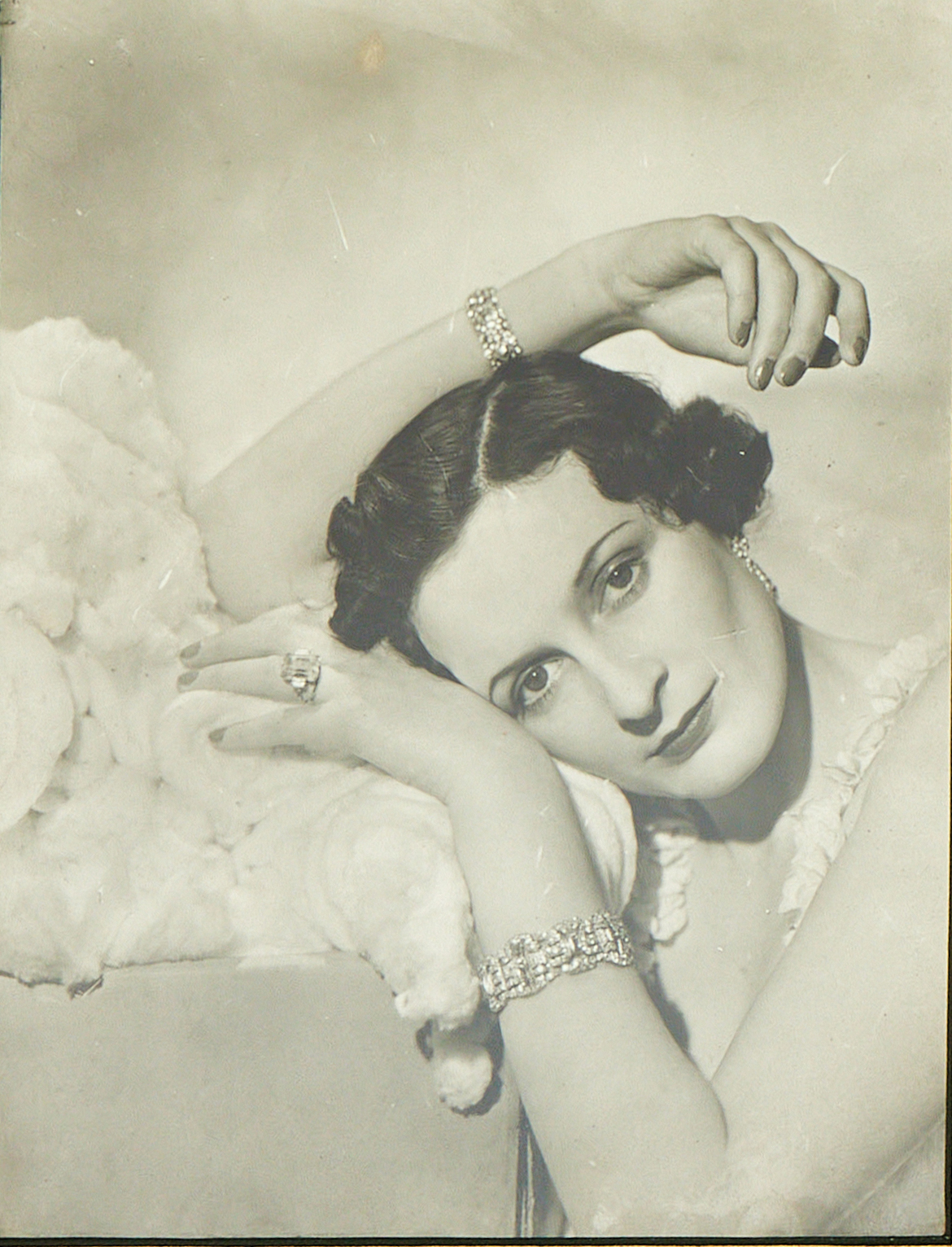

‘People will stare. Make it worth their while.’
So said Harry Winston, the famed jeweller. Nancy Astor took the advice seriously. The viscountess, born in 1879, and the first woman to sit as an MP, was the proud owner of a turquoise and diamond tiara and the exceptionally rare Cartier piece went up for auction with Bonhams on June 5 as part of their London Jewels sale. It sold for £889,400, significantly exceeding its estimated value of £250,000-£350,000. No-one said style didn’t come at a price.
Featuring on Country Life’s Frontispiece in 1913, she was born Nancy Witcher Langhorne and moved from her place of birth in Danville, Virginia, to England in 1905. Waldorf Astor, the viscount, was her second husband. They wed in 1906 and lived at Cliveden in Buckinghamshire.
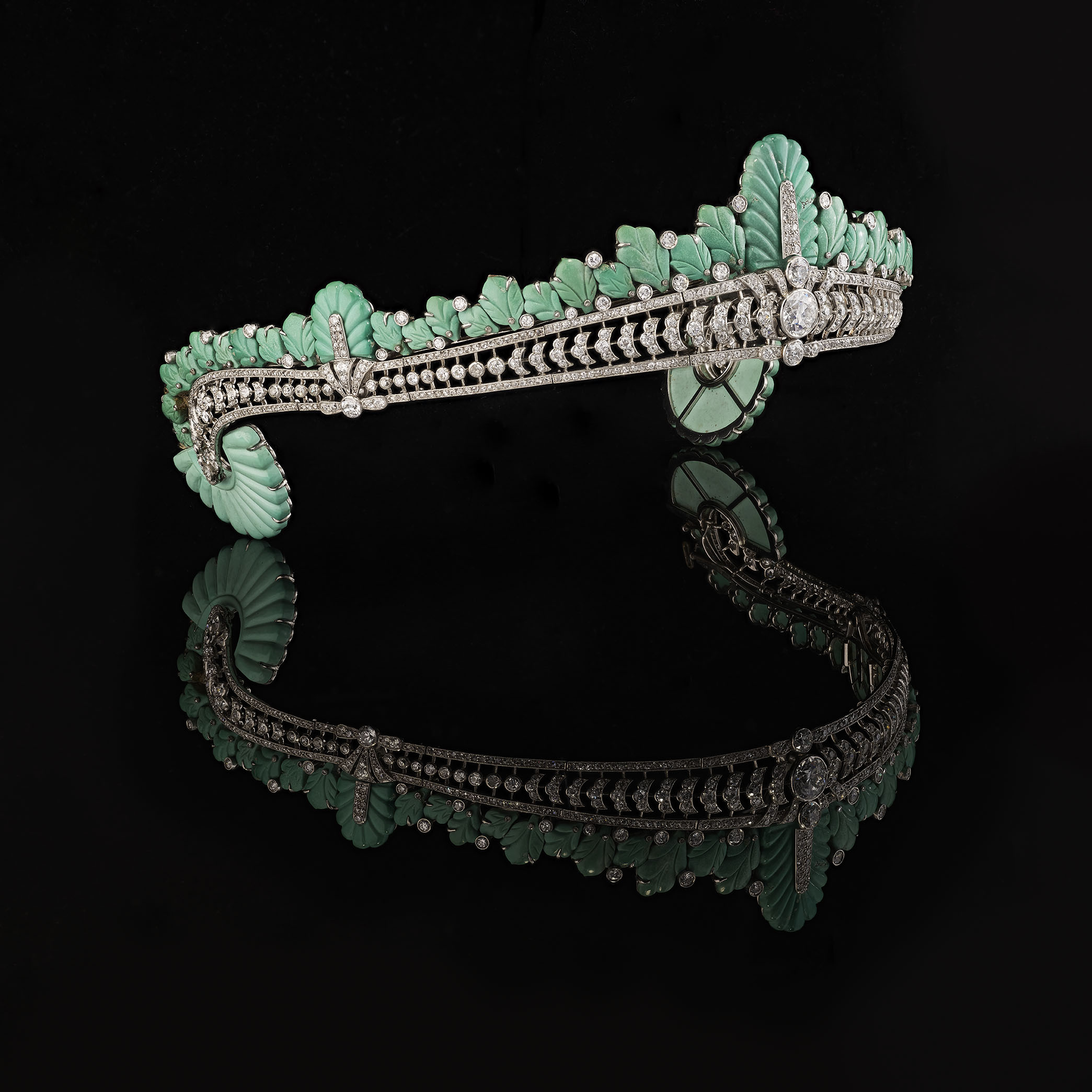
Astor's tiara is set throughout with brilliant, old single and rose-cut diamonds.
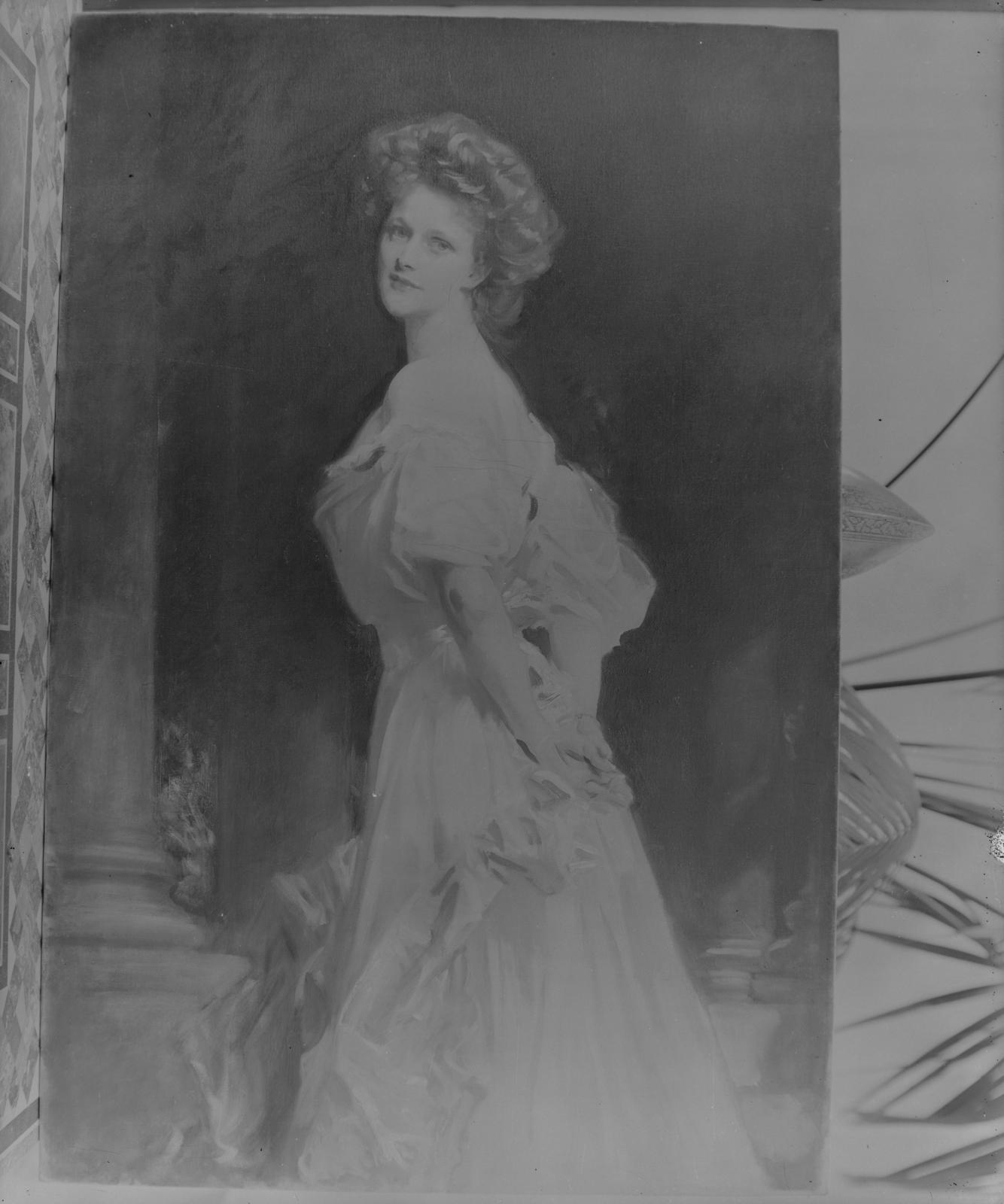
Portrait of Nancy Astor by John Singer Sargent, published in Country Life in 1912.
After a career as a hostess and member of the social elite, she entered Parliament in 1919, winning her husband’s former seat, Plymouth Sutton, when he succeeded his peerage and entered the House of Lords. As a member of the Unionist Party, she advocated for educational reform and women’s rights, among other issues. However, although diamonds may be a girl’s best friend, unfortunate controversial views are not — and these ended Astor’s political career in 1945.
In 1931, she wore the tiara to the premiere of Charlie Chaplin’s City Lights at the Dominion Theatre in London. Her sister, Phyllis Langhorne Brand, borrowed it for a court presentation at Buckingham Palace in the early 1930s. Inspired by this, her husband, the Hon. Robert Henry Brand, commissioned Cartier to produce a similar tiara in 1935. This is on display until November 2025 at the V&A museum’s Cartier exhibition, which has an entire room dedicated to tiaras. That’s a whole lot of shiny.
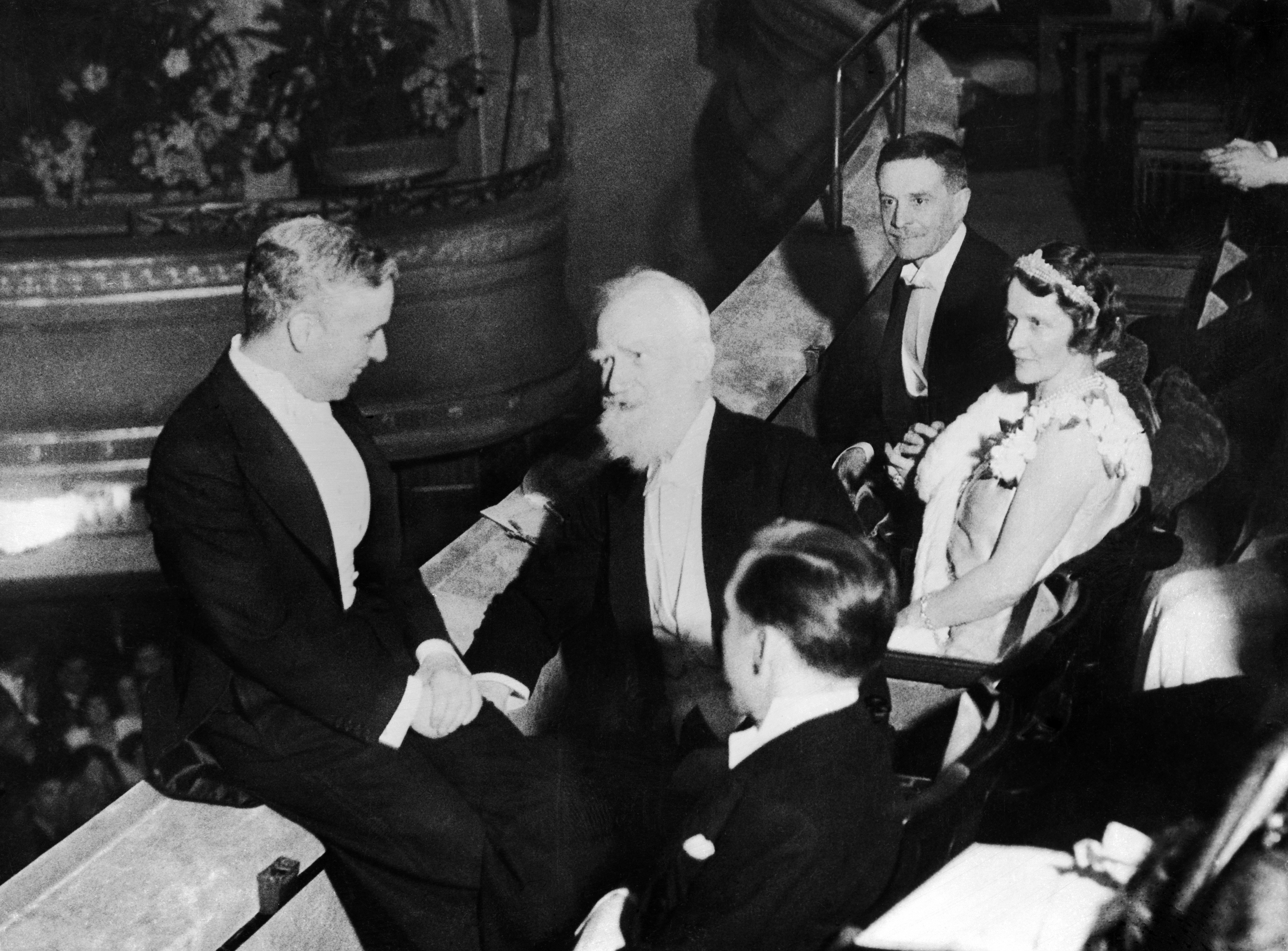
Charlie Chaplin, George Bernard Shaw and Lord and Lady Astor — wearing her tiara —at the Dominion Theatre in 1931.
Set throughout with brilliant, old single and rose-cut diamonds, Lady Astor’s tiara comprised a lot of bling, especially for an MP. Jean Ghika, Bonhams head of jewellery, called it 'the star of the sale’.
‘Cartier has long been recognised as the name behind some of the world’s most important jewels and the Astor turquoise and diamond tiara dates to a period when Cartier London were at the height of their creative prowess,' she said. ‘Cartier were later commissioned to produce a similar tiara for Nancy’s sister. However, the design of Nancy Astor’s tiara is truly unique. The distinctive plumes, leaves and scrolls carved in turquoise were drawn from Egyptian, Indian and Persian motifs, which were extensively explored by Cartier throughout the early 20th century. The firm’s Eastern inspired jewels became hugely fashionable as a result.’
Exquisite houses, the beauty of Nature, and how to get the most from your life, straight to your inbox.
By the Edwardian era, the considerable rise of Cartier and Van Cleef & Arpels saw tiaras fashioned for royalty, aristocrats and those in the social elite who were lucky enough to afford them. This continued into the 1930s, but started to go out of fashion after the Second World War, warn then by only the starriest of stars and the bluest blooded of royals.
However, if tiaras aren’t your thing, worry not. Along with Astor's tiara, there was another significant piece of fashion history sold recently, a piece which was once worn by a woman with a life that was equally interwoven with glamour and scandal. Vintage Van Cleef & Arpels pieces, once owned by Ann Fleming, went under the hammer in Dreweatts's Fine Jewellery sale on June 12. The sapphire and diamond brooch and earring set sold for £32,000 and belonged to Ian Fleming's only wife. Not so Ann — she had more of a Bond-type approach to romance (Fleming was her third husband).
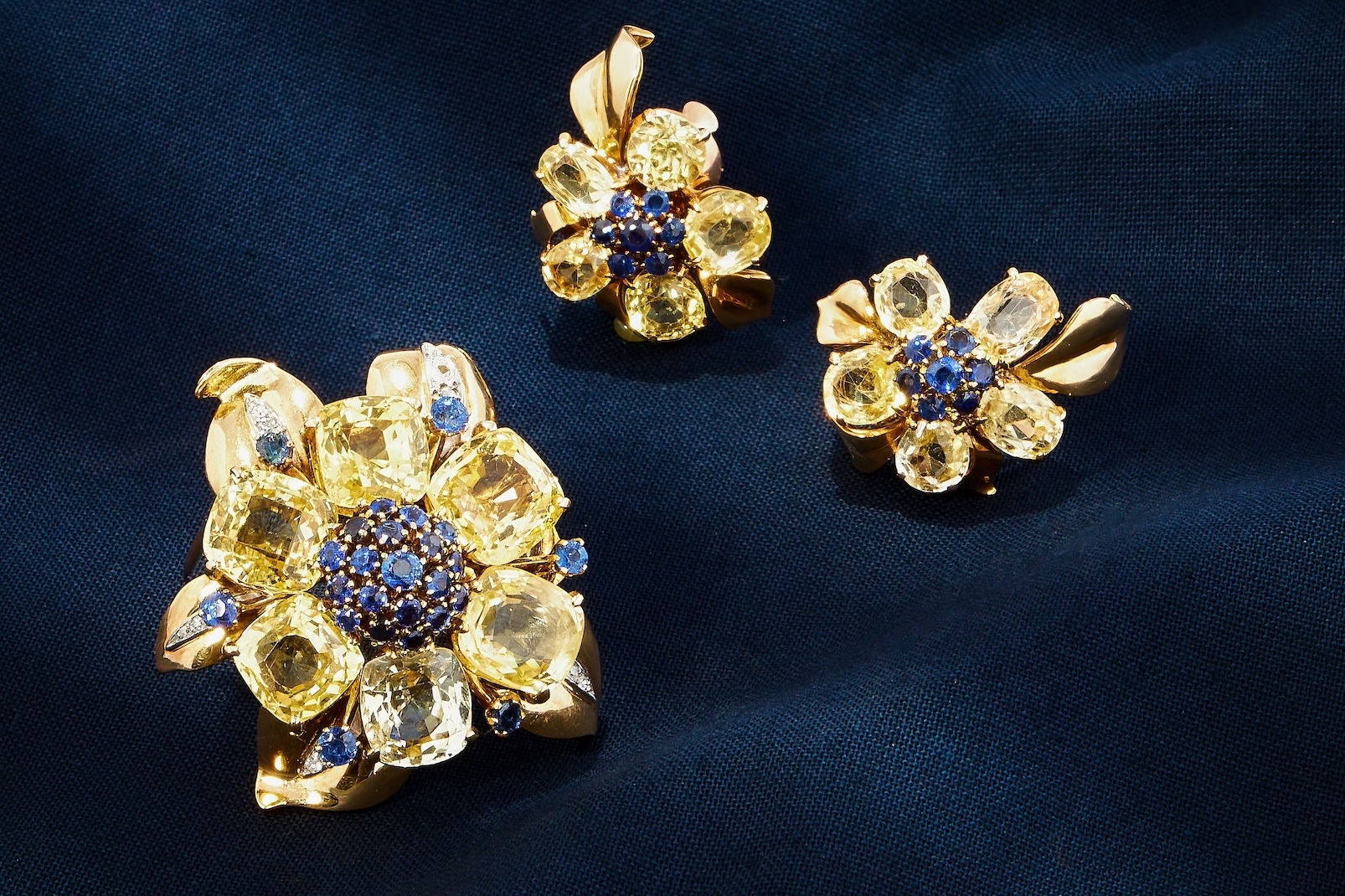
Ann Flemings pieces from Van Cleef & Arpels, worthy of Goldfinger.
The jewels were not gifted to Ann by Fleming, they were a present from her first husband, Lord O’Neill of Shanes Castle, in 1938, during a now-infamous trip to Paris. At the time, à la Bond, she was also having an affair with Esmond Harmsworth, later Viscount Rothermere, who would become her second husband. The story goes that when she learned that her husband, Lord O’Neill, had planned a weekend in Paris with his lover Maureen, Marchioness of Dufferin and Ava — the Guinness heiress — Ann insisted on going too. But, to make things fair, she brought Harmsworth along for the ride, and that’s where she received the Van Cleef & Arpels pieces.
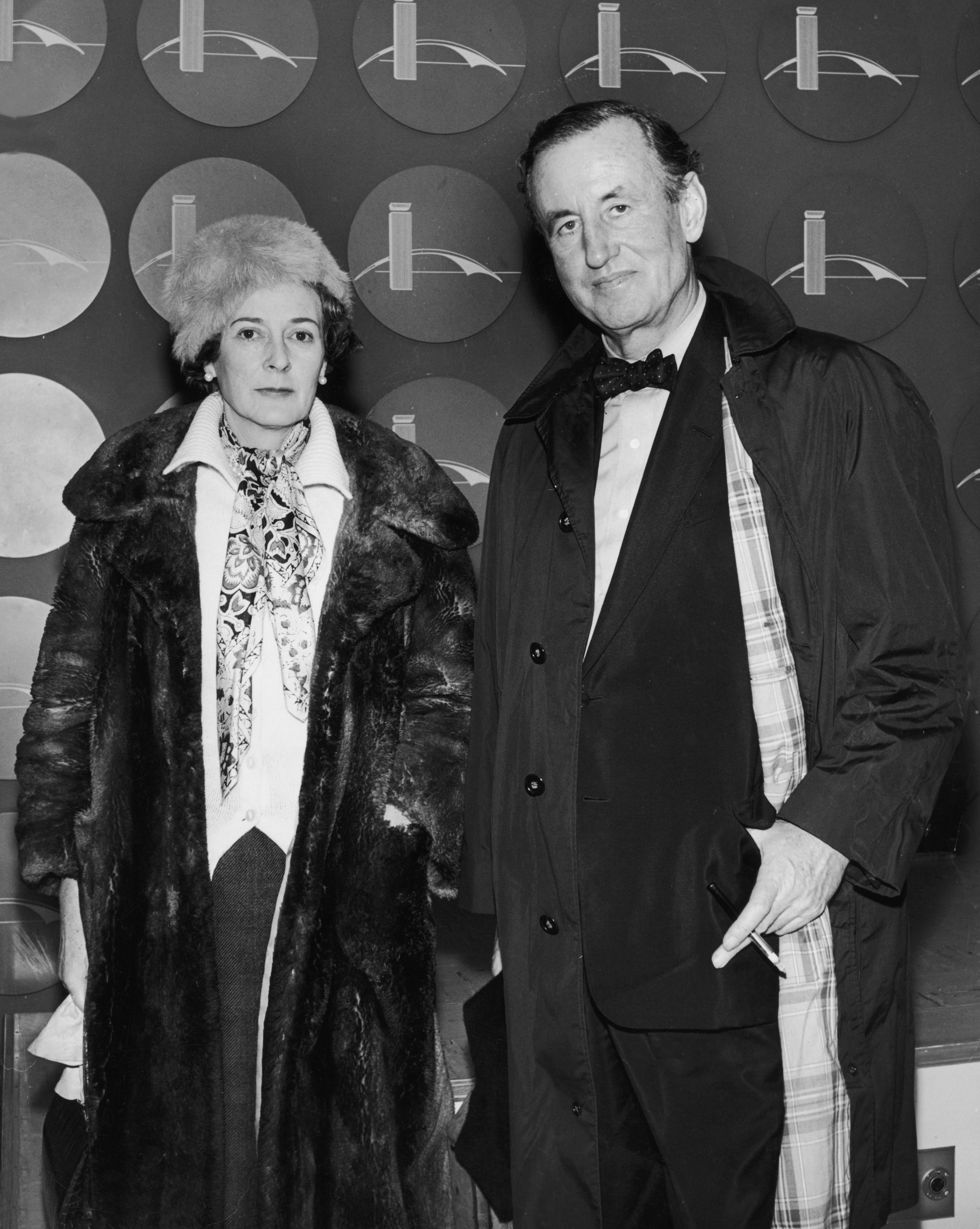
Ian and Ann Fleming stopping by in New York in 1962, on a journey from London to Jamaica.
Ian Fleming was apparently captivated by her wit and defiance. She became a key figure in his life, and is widely believed to have inspired him to write the Bond books, although their marriage was turbulent and they also both had many affairs. The Van Cleef jewel suite, far outsold it's estimate of between £15,000 and £20,000, and captures the drama and excitement of her high-society numerous-husbanded lifestyle. Charlotte Peel, the head of jewellery at Dreweatts, said it offered 'a rare and personal connection to one of the most famous spies of all time'. And it would look good with Astor’s tiara, if, by chance, the same person bidded on both.
Lotte is Country Life's digital writer. Before joining in 2025, she was checking commas and writing news headlines for The Times and The Sunday Times as a sub-editor. She has written for The Times, New Statesman, The Fence and Spectator World. She pens Country Life Online's arts and culture interview series, Consuming Passions.
-
 When Chelsea was grazing and pasture, not gazing and posture, this house was a Georgian dairy. Now it's a townhouse on SW3's swishest street
When Chelsea was grazing and pasture, not gazing and posture, this house was a Georgian dairy. Now it's a townhouse on SW3's swishest streetWill Hosie takes a look at The Old Dairy, a beautiful old home in SW3 that's seen the entire area grow up around it.
-
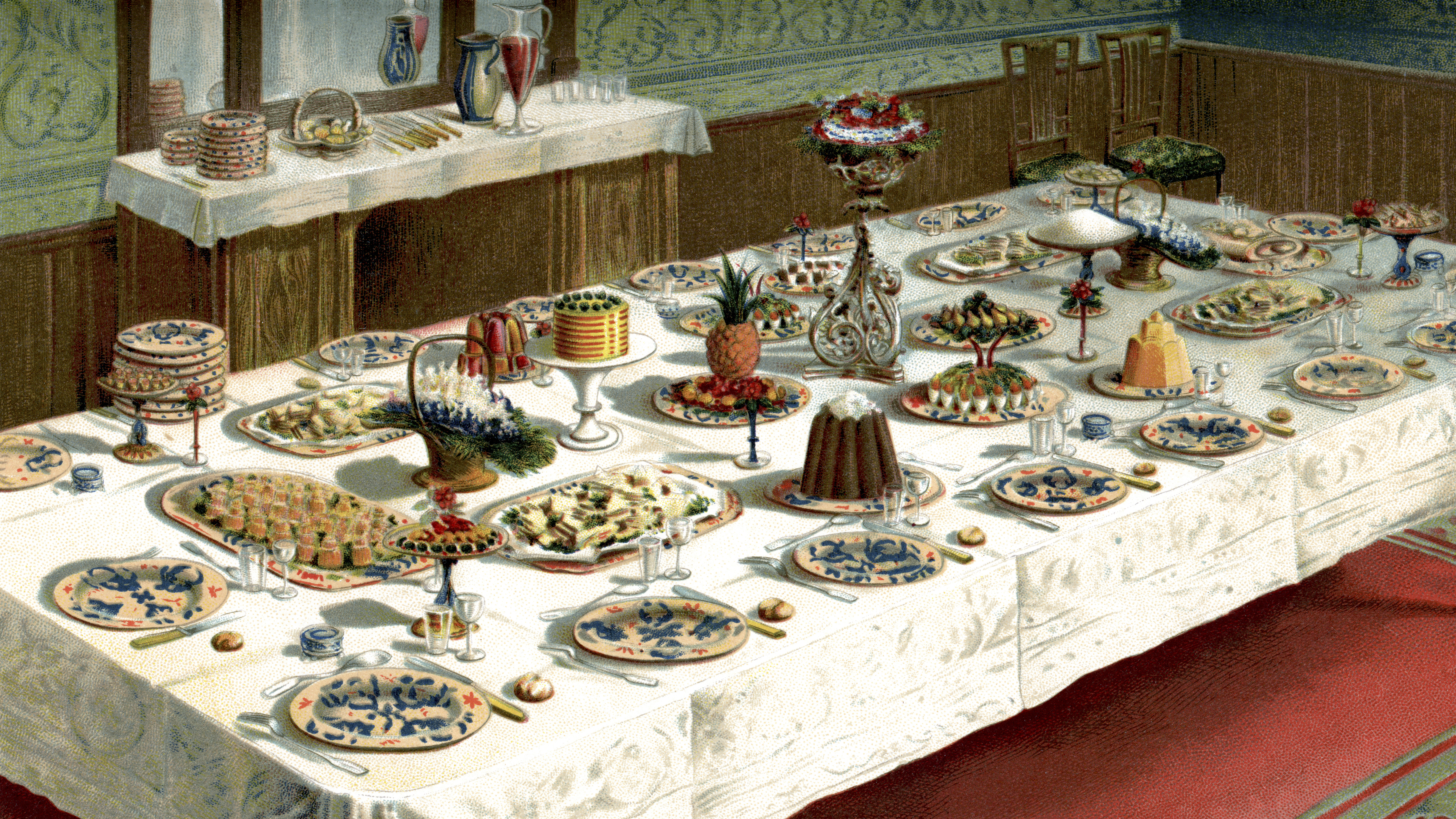 Four festive recipes from the Country Life Archive that have (thankfully) fallen out of favour
Four festive recipes from the Country Life Archive that have (thankfully) fallen out of favourEvery Monday, Melanie Bryan delves into the hidden depths of Country Life's extraordinary archive to bring you a long-forgotten story, photograph or advert.
-
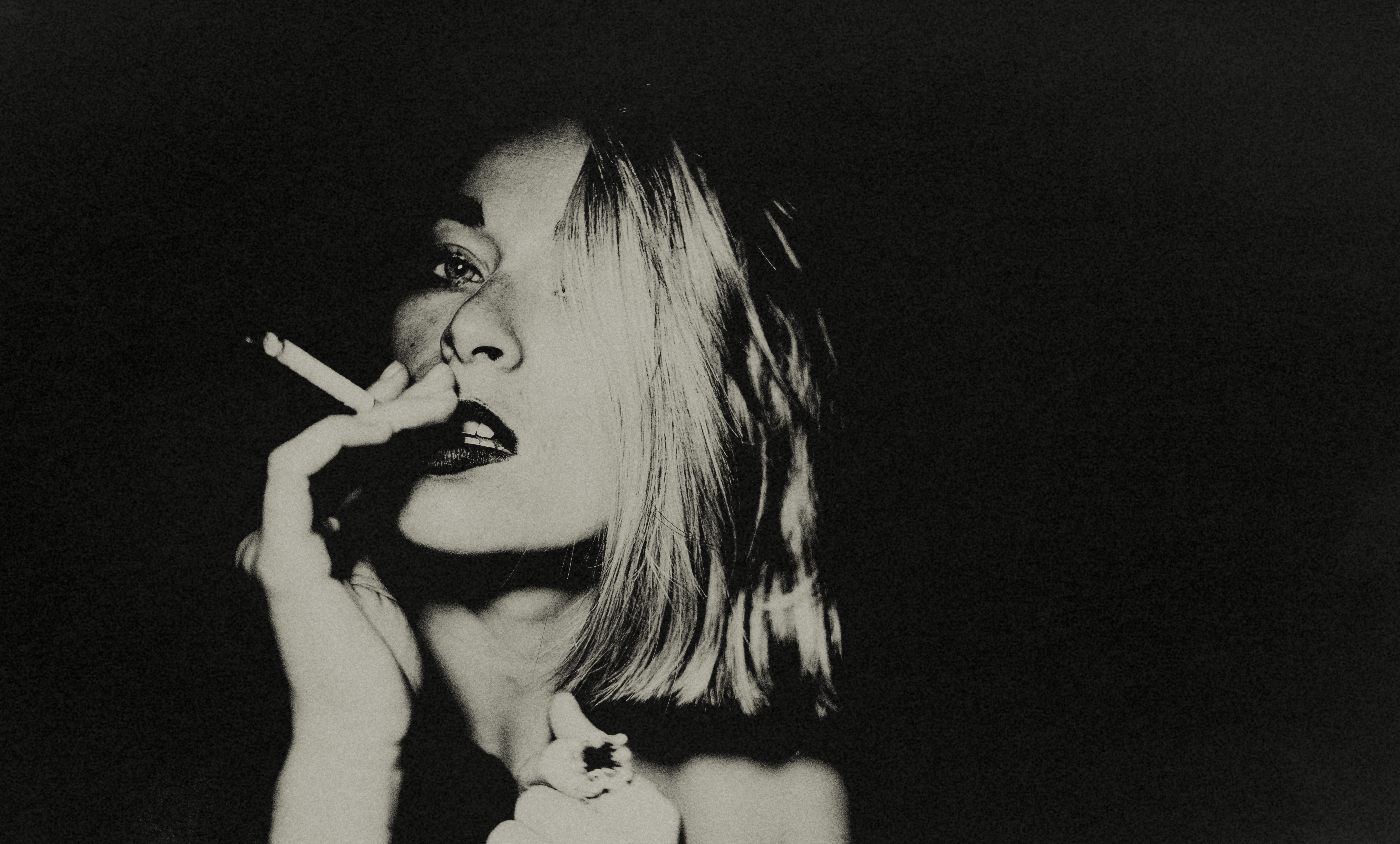 What is everyone talking about this week: (Whisper it) is smoking back?
What is everyone talking about this week: (Whisper it) is smoking back?You’d be forgiven for thinking that young people are a bunch of mopes, who refuse to drink, go dancing or have sex and are ruining British nightlife for all — but you're wrong, says Will Hosie.
-
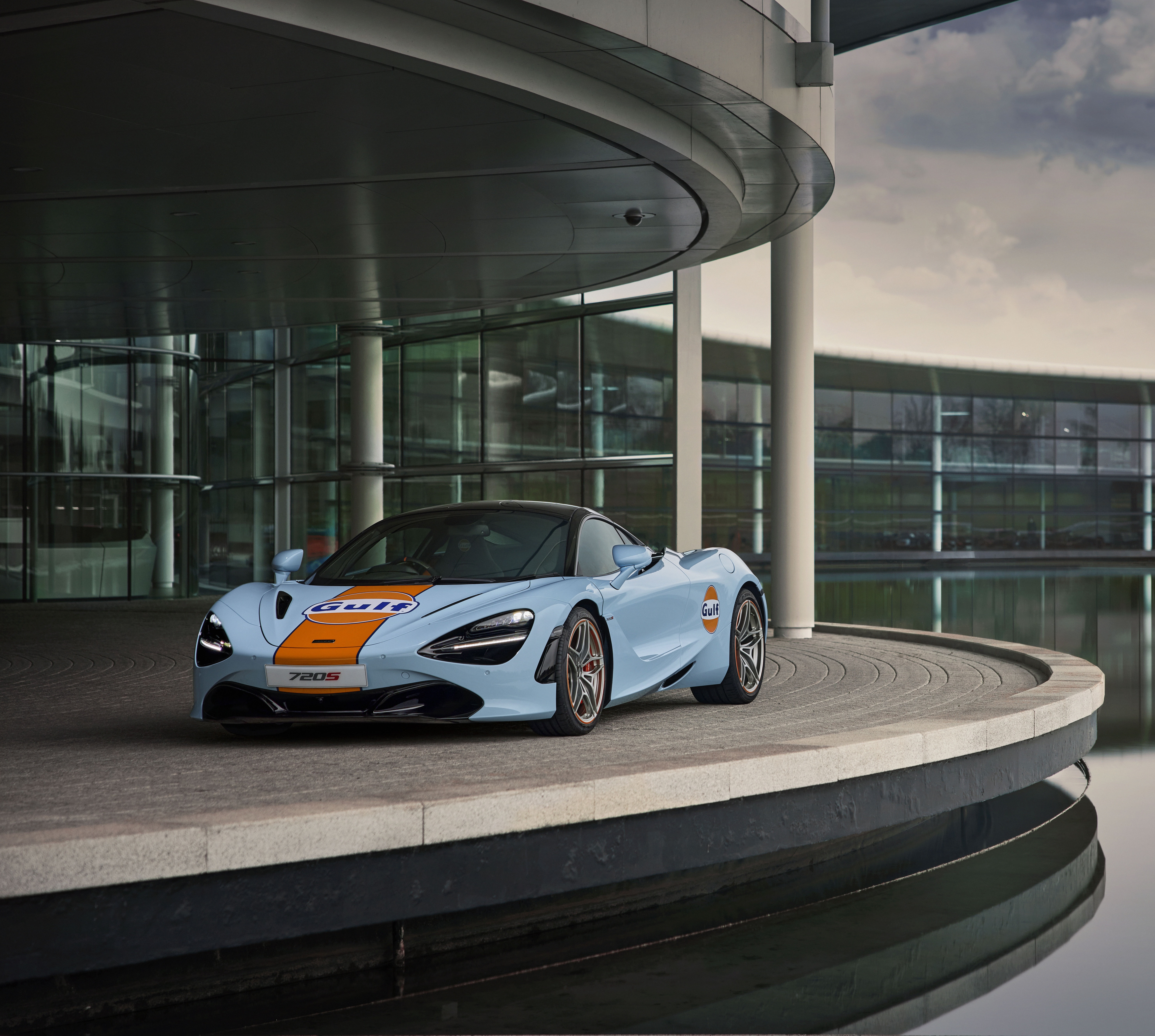 McLaren Special Operations — The secret Surrey skunkworks producing Britain's most bespoke supercars
McLaren Special Operations — The secret Surrey skunkworks producing Britain's most bespoke supercarsThere's owning a McLaren and then there's owning an MSO McLaren. James Fisher finds out what makes the bespoke division of Britain's premier supercar manufacturer so special.
-
 The greatest flowers make the greatest art
The greatest flowers make the greatest artA search for still-life subjects led Kate Friend to some of the greatest gardens and gardeners in the country
-
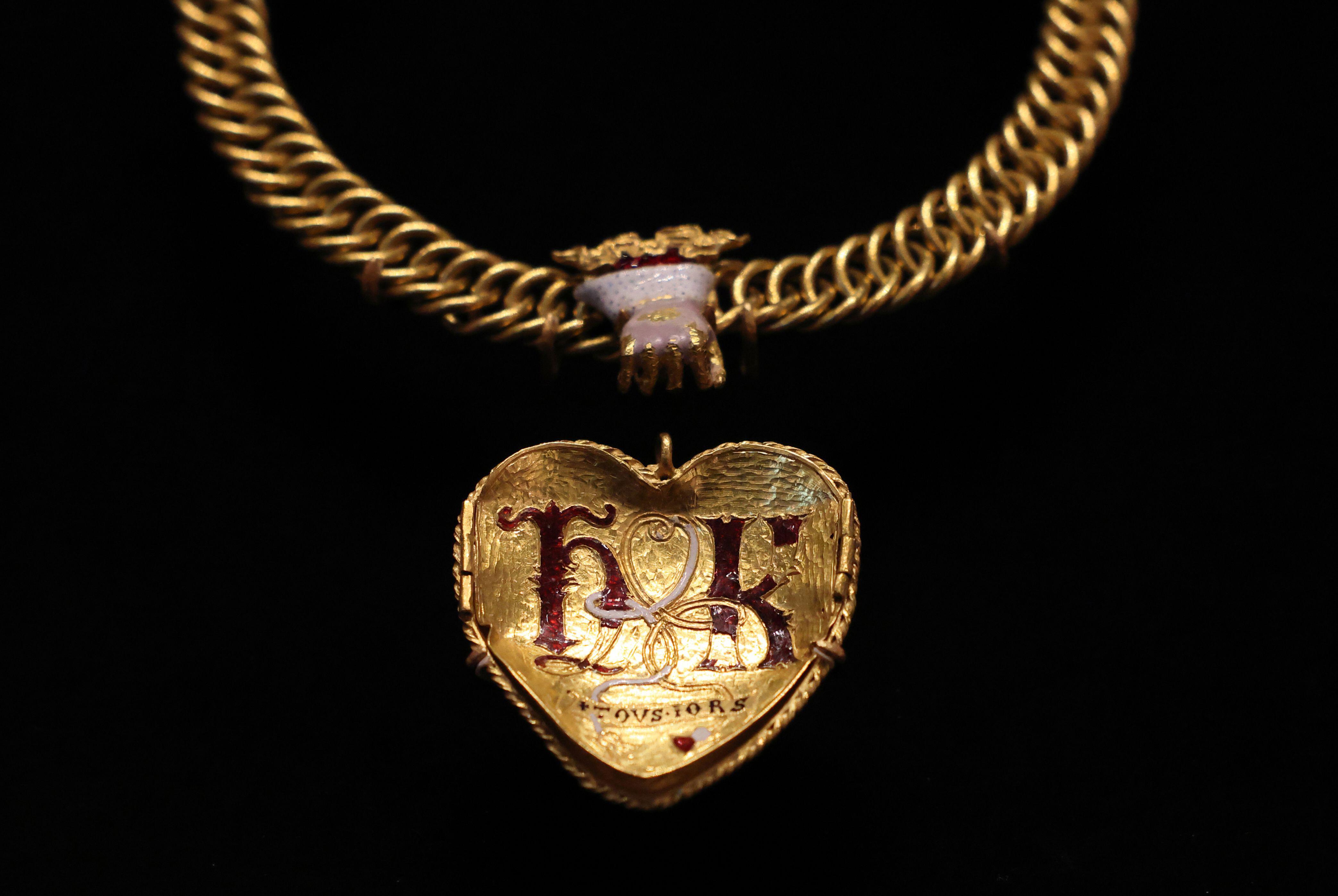 Is the British Museum's attempt to save a Tudor-era pendant with links to Henry VIII proof that the institution is on the up?
Is the British Museum's attempt to save a Tudor-era pendant with links to Henry VIII proof that the institution is on the up?After years of neglect and controversy, Britain's premier cultural institution seems to be finding its feet again.
-
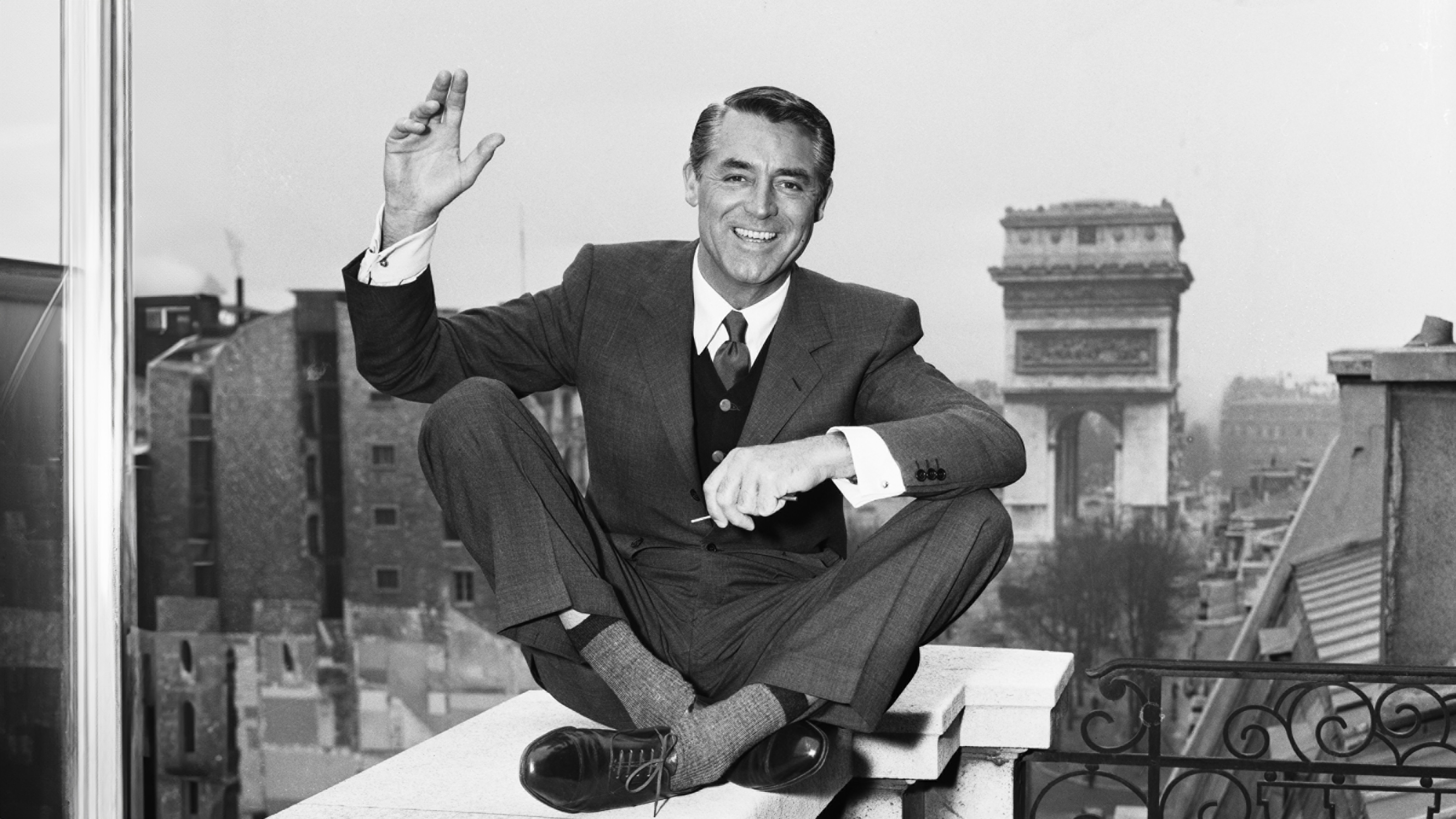 Suit yourself: I’m a 49 year-old man-about-town and I’ve never owned a suit
Suit yourself: I’m a 49 year-old man-about-town and I’ve never owned a suitWhen Hugh Smithson-Wright turned up to Country Life's annual Gentleman's Life party sans suit, it sparked a passionate conversation about why the formal fashion just isn't for everyone.
-
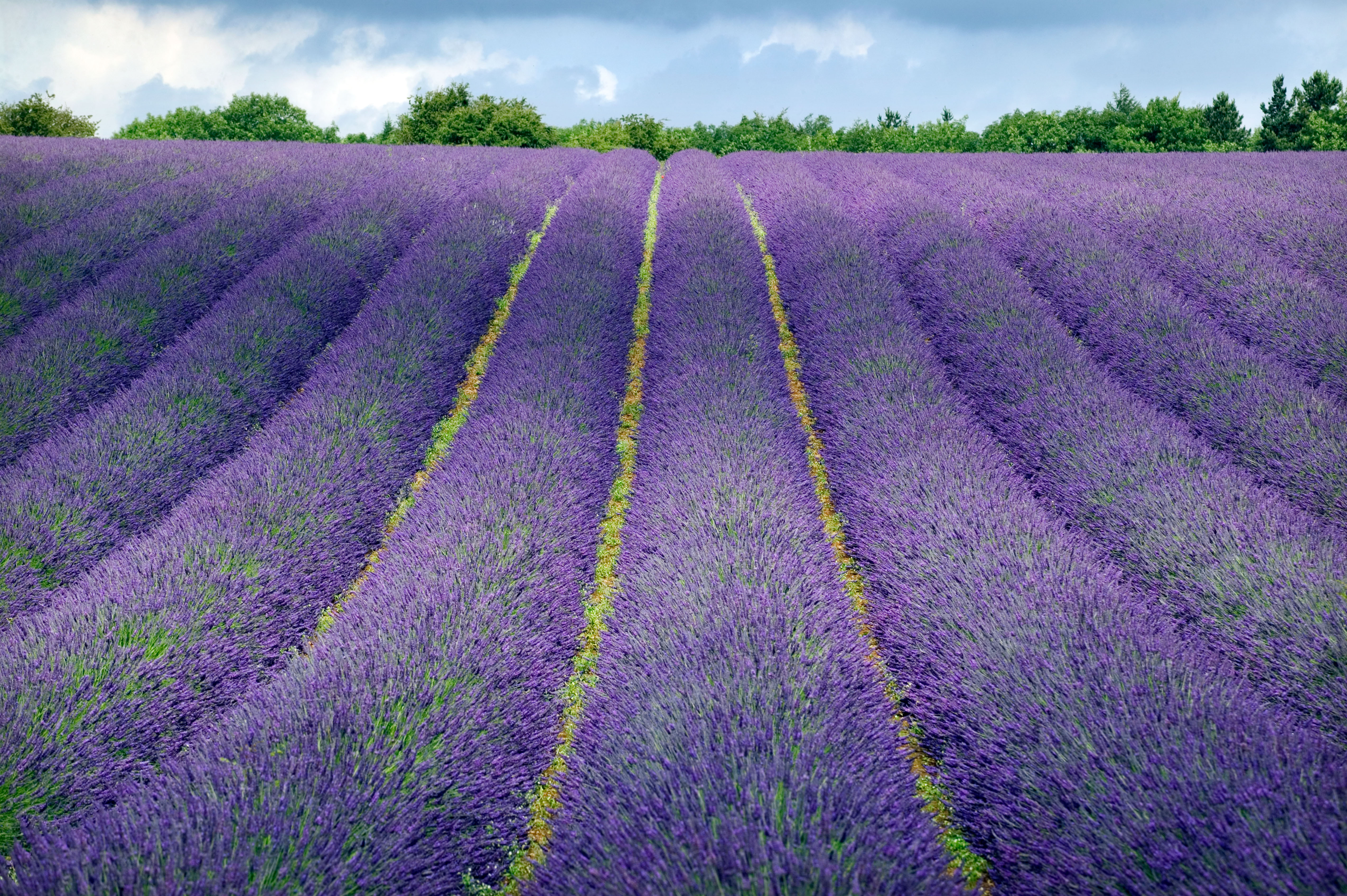 Meet the British perfumers squeezing landscapes into scents
Meet the British perfumers squeezing landscapes into scentsThe nuances of modern perfumery now allow a single drop to evoke an entire landscape. Amie Elizabeth White explores the native houses hitting the right notes
-
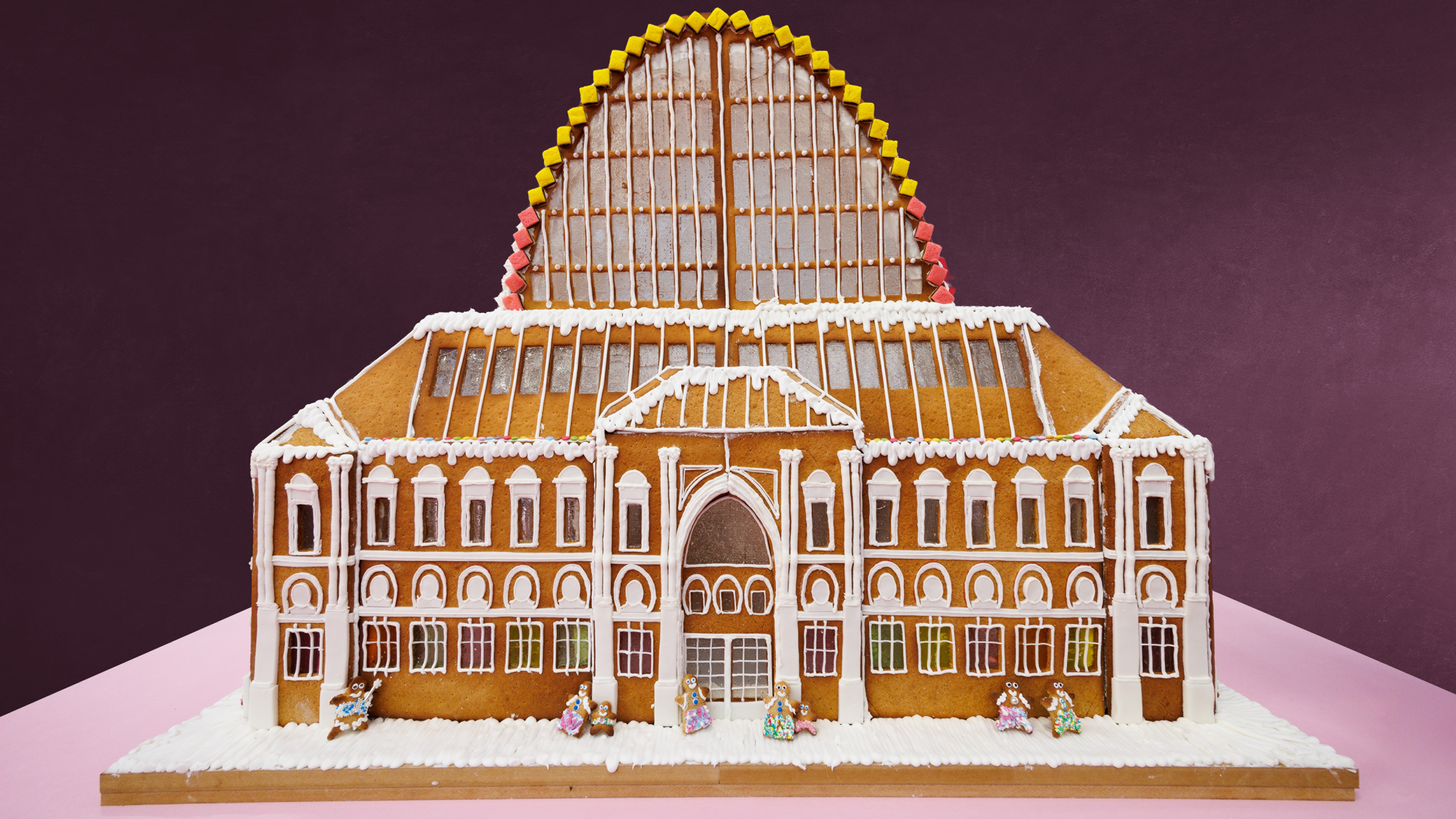 Sweet civilisation: What do you get when you ask architects to compete in a gingerbread competition?
Sweet civilisation: What do you get when you ask architects to compete in a gingerbread competition?The Gingerbread City is back in London’s Kings Cross. Lotte Brundle pays it a visit.
-
 Sophia Money-Coutts: A snob's guide to meeting your in-laws for the first time
Sophia Money-Coutts: A snob's guide to meeting your in-laws for the first timeThere's little more daunting than meeting your (future) in-laws for the first time. Here's how to make the right kind of impression.
